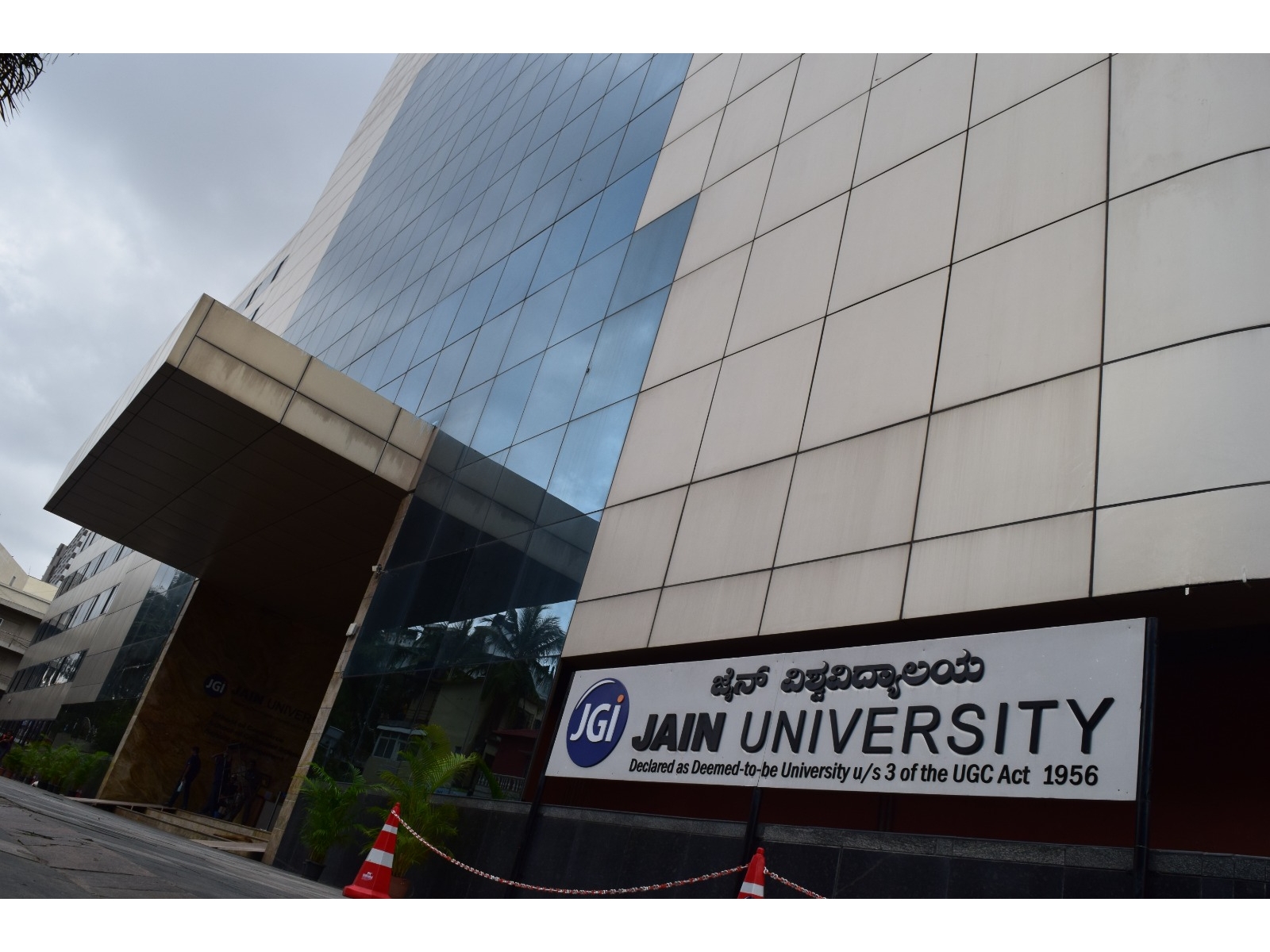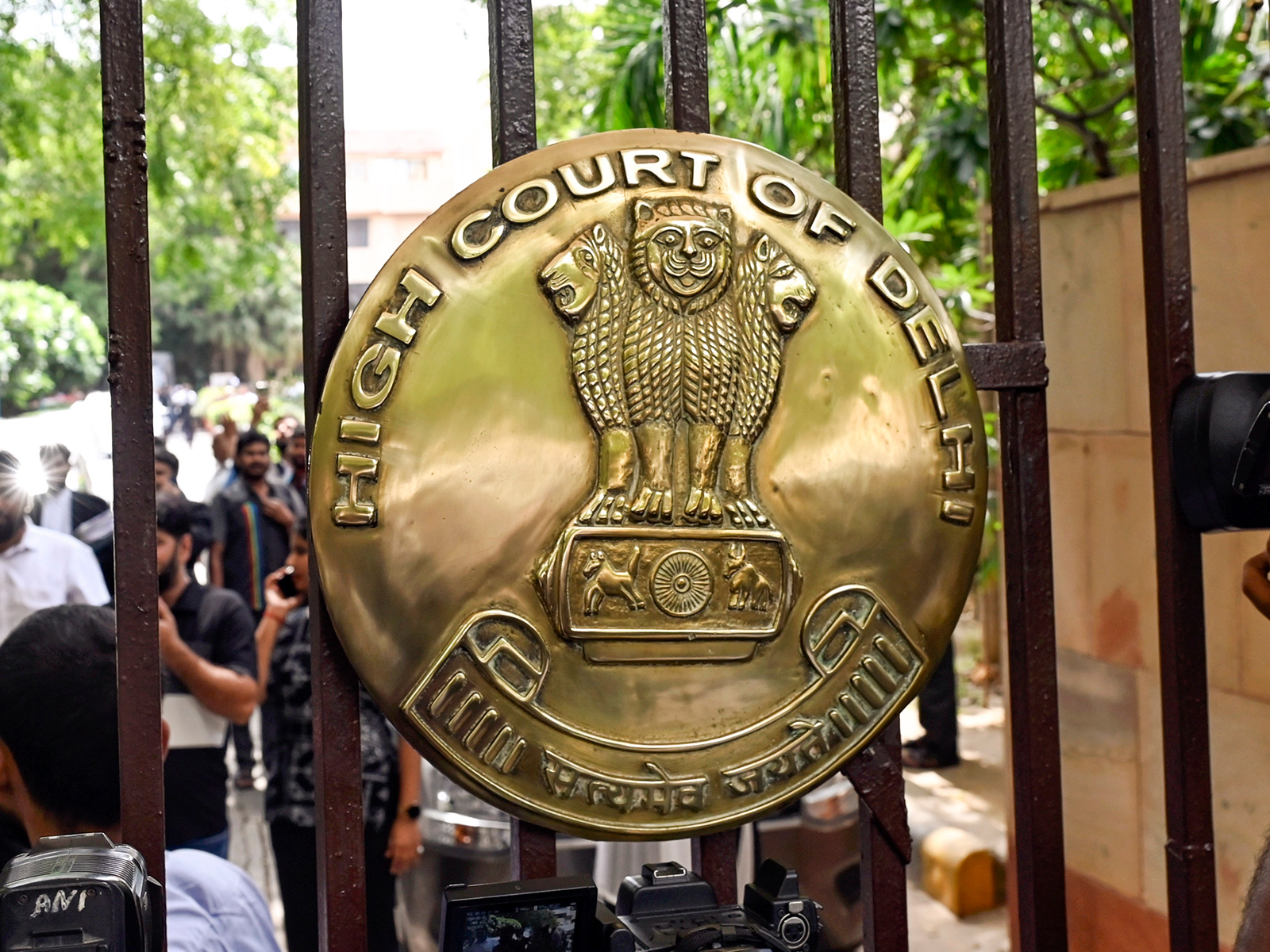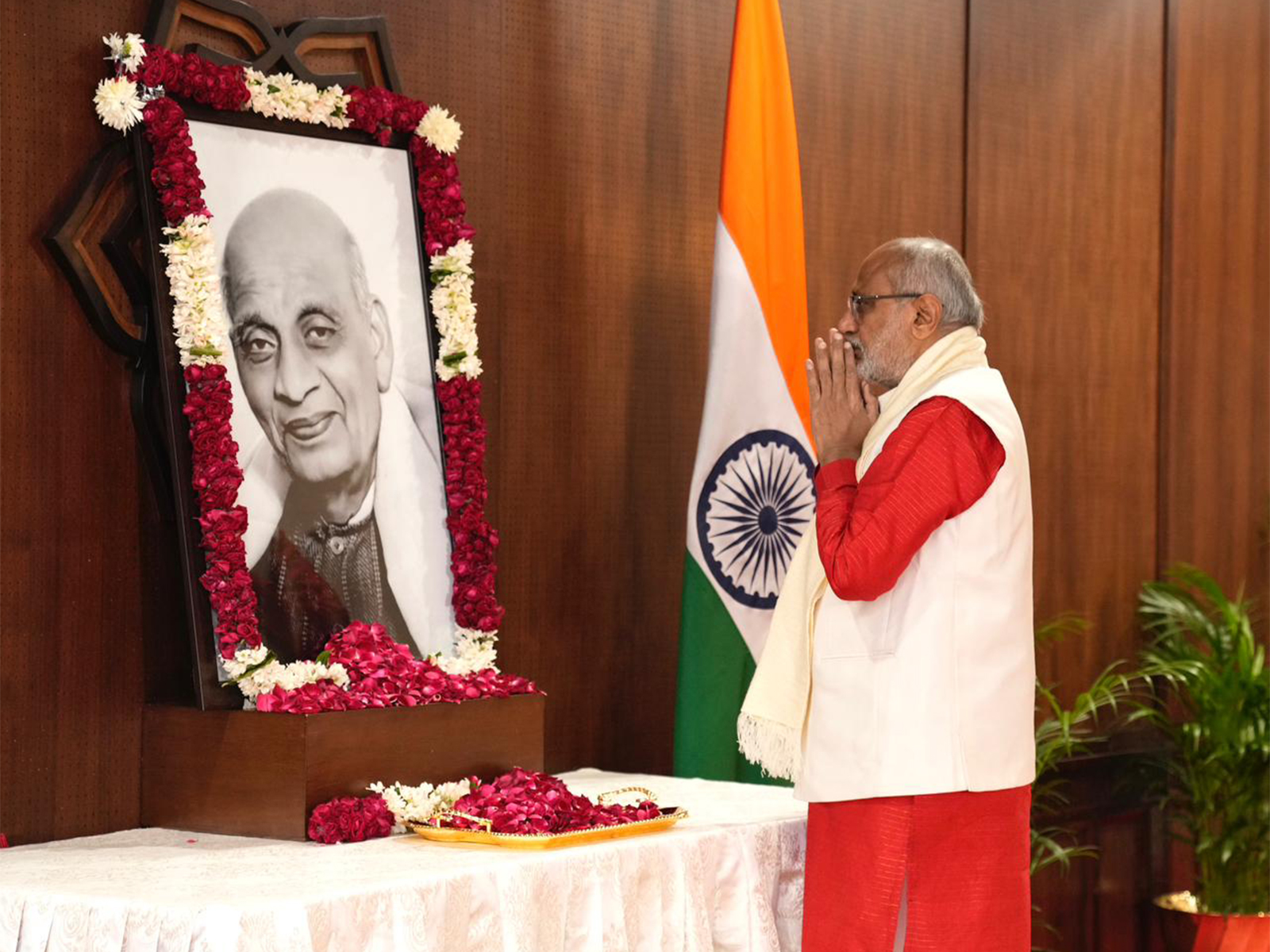States' fiscal deficit at 37 pc for Q1, total capex by govts grows just 2 pc: Motilal Oswal
Sep 11, 2020

Mumbai (Maharashtra) [India], Sep 11 : The total receipts of 14 states in India declined by 18.2 per cent year-on-year in the first quarter of current fiscal while total spending grew by just 2.7 per cent, Motilal Oswal Financial Services said on Friday.
Interestingly, while total spending stood at 18.4 per cent of budget estimate -- similar to that in previous years -- their fiscal deficit was 36.5 per cent -- more than double than that in previous years.
The 14 states include Andhra Pradesh, Chhattisgarh, Gujarat, Haryana, Himachal Pradesh, Jharkhand, Karnataka, Kerala, Madhya Pradesh, Odisha, Tamil Nadu, Telangana, Uttar Pradesh and Uttarakhand.
Together these states account for 63 per cent of all states, said Motilal Oswal in its EcoScope report.
Odisha was the only state to post growth collections of taxes, stamp duties and registration charges in Q1. The rest of the states (about 63 per cent) declined 58 per cent with the decrease ranging as high as 89 per cent in Jharkhand and 25 per cent in Chattisgarh.
Due to the lockdown imposed on account of Covid-19, total taxes collected by the states including devolution from the Centre which accounted for 64 per cent of all receipts declined by almost a third in Q1.
Similarly, states' own non-tax revenue receipts accounting for 5 per cent of all receipts also declined 27 per cent in the first quarter. What saved the states was the 56 per cent growth seen in grants from the Centre. This accounted for nearly 30 per cent of all receipts, up from 15 per cent in the previous quarters.
Overall, said Motilal Oswal, while the Centre has relaxed its fiscal deficit limits for states by up to two percentage point of GSDP depending on numerous conditions, the majority of this relaxation is likely to be consumed by lower receipts and lower denominator (GSDP).
"Thus since the states' fiscal deficit already reached 37 per cent of budget estimates in Q1, more than double the average of 16 per cent during the previous three years, it points to their limited ability to spend more in the coming months, raising doubts regarding the strength of recovery."




















